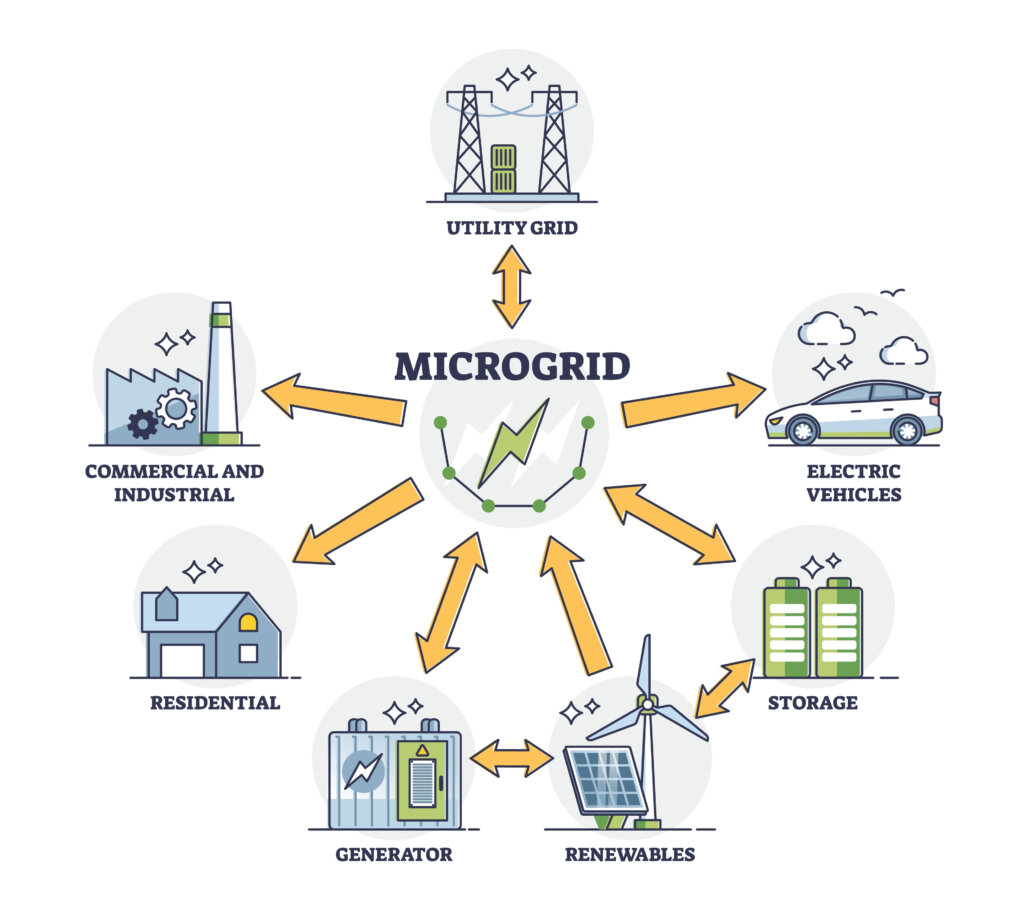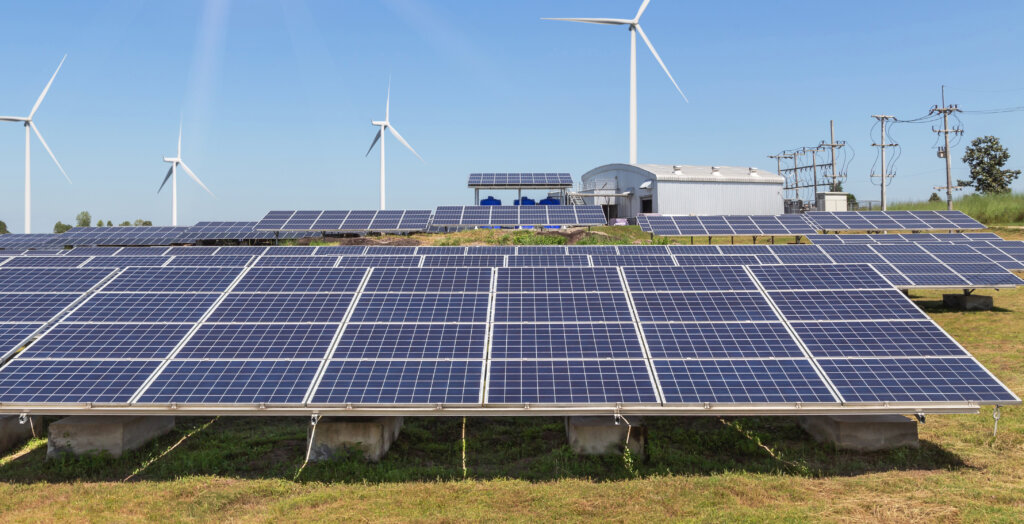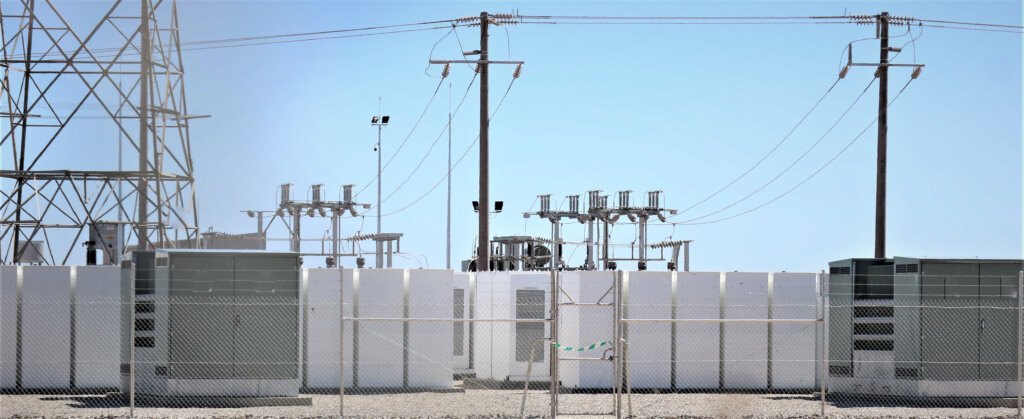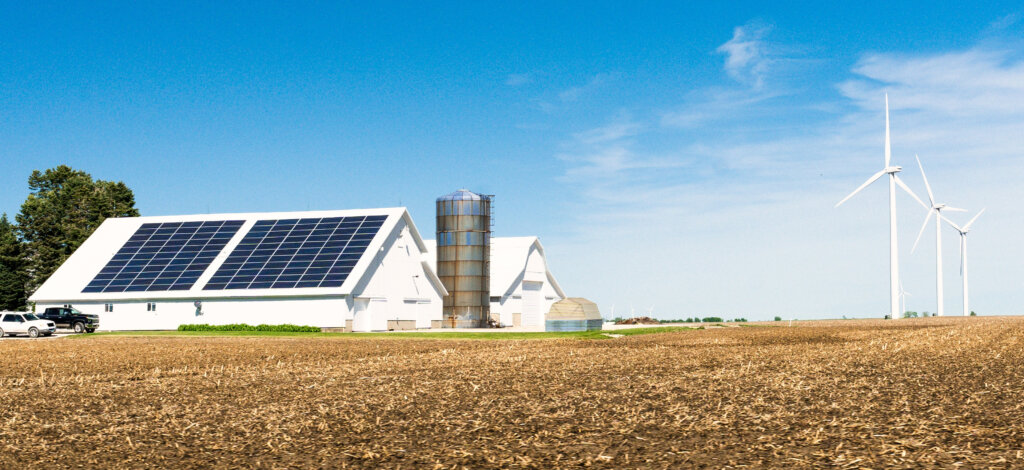In an era of increasing concern about climate change, weather-related natural disasters, and the need for power resiliency, microgrids have emerged as a promising solution … offering flexibility and sustainability. Large-scale and mission-critical energy users are continuing to shift their energy priorities to reach net-zero carbon goals within the next decade; and these businesses’ plans include renewable energy purchases, as well as on-site resiliency programs. Additionally, microgrids are particularly appealing to the commercial and industrial sectors, due to their ability to enhance resiliency, provide cost savings through demand mitigation, and enable energy shifting to optimize renewable sources.
But what exactly are microgrids, and how do they work? In this post, we’ll step into the world of microgrids … providing a snapshot of their definition, components, and benefits.
What Compromises A Microgrid?
At its core, a microgrid is simply a localized group of electricity sources and loads which are operating together as a single entity. It may be connected to the main electrical grid, but it is also fully capable of functioning independently. Unlike the main electrical grid and centralized power systems which distribute electricity (from large power plants) over long distances, these decentralized grids provide energy on a smaller scale and serve such localized communities as small cities and towns, campuses, military bases, and industrial complexes.
A typical microgrid includes a means of power generation, an energy storage system, a control system, switchgear / protection devices, and the load.
One of the defining features of microgrids is their ability to integrate renewable energy sources such as solar and wind power. Smart inverters and power electronics have contributed to recent advancements in renewable energy technologies to improve efficiencies, reliability, and cost-effectiveness.

independent energy system with power distribution.

and providing power to the load (facility).
Power Generation
The sources of power generation within an environmentally-friendly microgrid can include a combination of renewable energy sources such as solar panels, wind turbines, and natural gas generators. Such distributed energy systems can also be interconnected with the main utility grid, as in the example illustration above and the photo to the left. This type of hybrid system leverages the strengths of both centralized and decentralized infrastructure; enabling seamless transition between grid-connected and islanded modes of operation. Bi-directional power flow control, demand response, and grid services enable microgrids to provide value to both grid operators and end-users.
Energy Storage Systems
Energy storage plays a critical role in microgrid operation, providing power resilience and grid support. Battery Energy Storage Systems (BESS) store excess energy generated during periods of low demand, for use during peak demand or when renewable sources are unavailable. Advances in battery technologies continue to enhance increased energy density, efficiency, and battery cycle life (number of charges/discharges before losing performance).
Control System
At the heart of every microgrid is its control system, which manages the flow of electricity … balancing supply and demand, as well as ensuring the stability and reliability of the localized energy network. Advances in control systems include real-time monitoring, predictive analytics, and adapting to dynamic grid conditions.
Switchgear & Protection Devices
These components isolate the microgrid from the main utility grid during power disturbances or outages. Additionally, they protect against voltage fluctuations and other power anomalies.

Load
The consumers of electricity within the microgrid are considered the load. These users include the aforementioned small cities and towns, campuses, military bases, industrial complexes, and mission-critical facilities noted in this post.
Benefits Of Microgrids
Decentralized grids represent a paradigm shift in the way that electricity is generated, distributed, and consumed. That said, microgrids do offer several advantages:
- Enhanced Power Resiliency:
By operating independently from the main grid, microgrids can provide electrical power during grid outages caused by severe weather, natural disasters, or cyber attacks. - Increased Renewable Integration:
Microgrids facilitate the integration of renewable energy sources by providing a platform for electrical power generation, distribution, and energy storage … thus reducing the reliance on fossil fuels and lowering greenhouse gas emissions.
- Energy Cost Savings:
By optimizing the use of local generation resources and reducing transmission losses, microgrids can help lower energy costs and provide economic benefits to communities. - Grid Support & Stability:
Microgrids can enhance the stability of the main utility grid by providing ancillary services such as peak shaving and voltage regulation. By partnering with the utility in a power resiliency plan, the utility will pay the electrical consumer to come off the grid during demand response programs required for peak load management.

Conclusion
Ongoing advancements in power resiliency and power transition technology are driving the transformation of energy. By enabling decentralized, resilient, and sustainable energy systems, microgrids have the potential to play a vital role in the transition to a more sustainable and secure energy future. Renewable power integration, energy storage, advanced control systems, and grid connectivity … that future is here.
Microgrids … and Trystar … are poised to play a pivotal role in shaping the future of energy. Join the microgrid conversation … ask us how we can partner with you in microgrid opportunities!